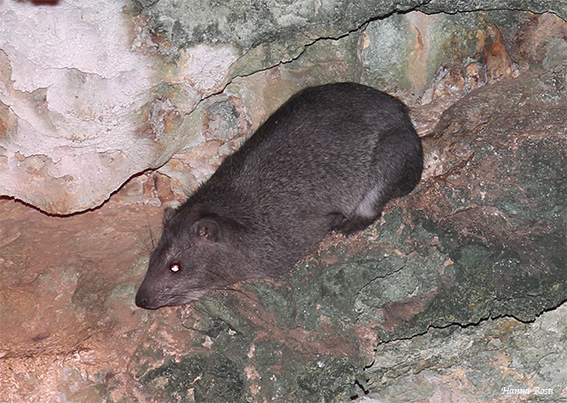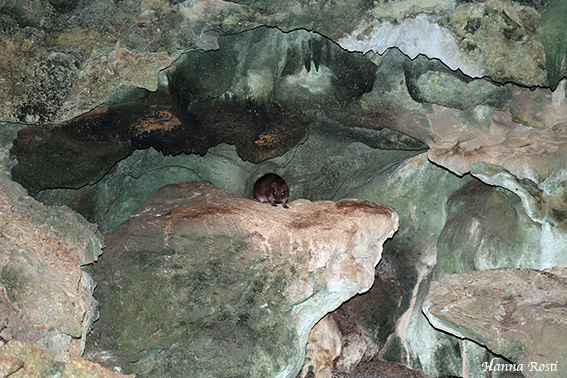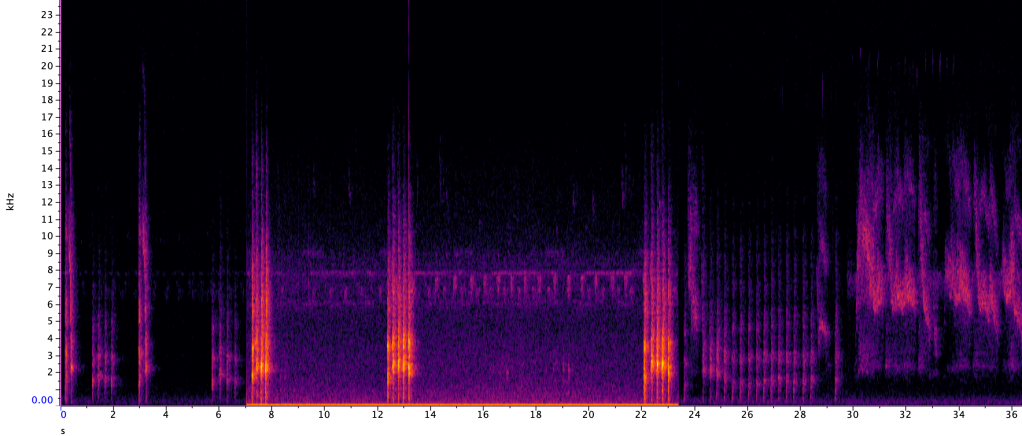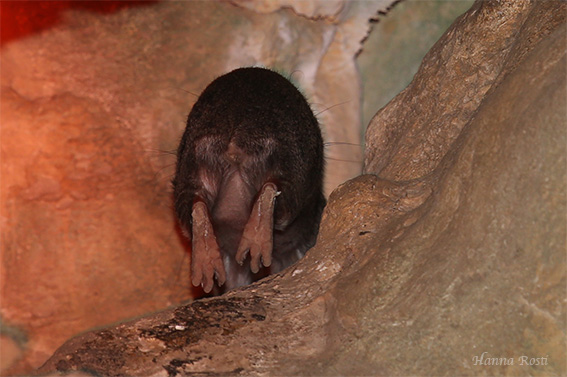by HANNA ROSTI
Article published in Ecology and Evolution on 16.1.2023: https://onlinelibrary.wiley.com/doi/10.1002/ece3.9693
At the coast of Kenya, last tree hyraxes are extremely endangered. They only survive in small fragments where they have shelted to protect them from the midday sun.
Tree hyraxes eat leaves of trees, thus they are browsers. They are excellent climbers in trees.
At the coast of Kenya, tree hyraxes only live in rocky formations, and caves.
Tree hyraxes are related to rock hyraxes, that live in rocky formations. Perhaps coming down to rocky formations is not that difficult to tree hyraxes.

These are first photographs and video published (as far as we know) of the Eastern tree hyraxes (Dendrohyrax validus) from Kenya.

You can read the full peer reviewed article from Ecology and Evolution
Tree hyraxes can be found from Shimba Hills National Reserve. However, it is not found throughout the forest.
Tree hyraxes are easy to locate based on their calls. However, seeing them is another matter.

Spectrogram and combination of calls that tree hyraxes at the coast of Kenya are using.

Outside Shimba Hills, only few tiny fragments of forest remain. Tree hyraxes are dependent of moist natural forests. Even though they may be able to survive in small fragments with caves and rock for some time, these isolated populations are doomed for extinction if all forest is cleared.
Tree hyraxes in the caves are social. Also in Simba Hills, I could follow the movement of the tree hyrax group by their contact calls. I suspect that these tree hyraxes, belonging to species D. validus (as fas as we know at the moment), has similar type of social structure as rock hyraxes.


Leave a comment